Contact Details

Waukesha, WI—Walter has introduced the W1211/W1210 copy turning system for boring bars, imparting a higher level of dimensional stability and indexing accuracy to internal machining, including profiling (copy turning), facing, and axial grooving. These boring bars and indexable inserts with Walter Lock (WL) positive engagement successfully combat the high forces in variable directions that occur when internal profiling applications with V-style (ISO-V, 35° diamond shaped) inserts.
The oblong shape of a conventional V-style insert leads to a very long pocket in the boring bar to hold the V-Shaped insert. Cutting forces are encountered far away from the actual support that the insert pocket provides to withstand the cutting forces. This results in increased wear, increased pitting of the pocket, less precision and an overall lack of indexing accuracy with all indexable diamond shape inserts such as VBMT or DCMT. With the robust, positive-locking insert seat design with three-point support, the Walter W1211/W1210 boring bars and WL25 inserts achieve outstanding stability, boosting tool life while enabling users to use the tools in both directions of travel, increasing indexing accuracy by 50%.
Walter offers two versions of these boring bars with diameters of 0.984, 1.260, and 1.575-in. (25, 32 and 40 mm): W1210 for profiling angles of up to 72.5° with a symmetric design and W1211 for profiling angles of up to 50°for a more robust support. The positive WL25 indexable inserts with three cutting edges are available in four insert types, depending on the requirements of the application: neutral, left-hand, right-hand and full-radius versions, and all fit into the same tool. In addition to the wear-resistant Walter Tiger·tec® Silver grades that are currently used, Tiger·tec® Gold inserts are also now available. The dual rake face cooling and the optional axial cooling for flushing out the chips during blind-hole machining also result in longer tool life and therefore greater cost-efficiency.
Related Glossary Terms
- blind-hole
blind-hole
Hole or cavity cut in a solid shape that does not connect with other holes or exit through the workpiece.
- boring
boring
Enlarging a hole that already has been drilled or cored. Generally, it is an operation of truing the previously drilled hole with a single-point, lathe-type tool. Boring is essentially internal turning, in that usually a single-point cutting tool forms the internal shape. Some tools are available with two cutting edges to balance cutting forces.
- boring bar
boring bar
Essentially a cantilever beam that holds one or more cutting tools in position during a boring operation. Can be held stationary and moved axially while the workpiece revolves around it, or revolved and moved axially while the workpiece is held stationary, or a combination of these actions. Installed on milling, drilling and boring machines, as well as lathes and machining centers.
- grooving
grooving
Machining grooves and shallow channels. Example: grooving ball-bearing raceways. Typically performed by tools that are capable of light cuts at high feed rates. Imparts high-quality finish.
- pitting
pitting
Localized corrosion of a metal surface, confined to a point or small area, that takes the form of cavities.
- profiling
profiling
Machining vertical edges of workpieces having irregular contours; normally performed with an endmill in a vertical spindle on a milling machine or with a profiler, following a pattern. See mill, milling machine.
- rake
rake
Angle of inclination between the face of the cutting tool and the workpiece. If the face of the tool lies in a plane through the axis of the workpiece, the tool is said to have a neutral, or zero, rake. If the inclination of the tool face makes the cutting edge more acute than when the rake angle is zero, the rake is positive. If the inclination of the tool face makes the cutting edge less acute or more blunt than when the rake angle is zero, the rake is negative.
- turning
turning
Workpiece is held in a chuck, mounted on a face plate or secured between centers and rotated while a cutting tool, normally a single-point tool, is fed into it along its periphery or across its end or face. Takes the form of straight turning (cutting along the periphery of the workpiece); taper turning (creating a taper); step turning (turning different-size diameters on the same work); chamfering (beveling an edge or shoulder); facing (cutting on an end); turning threads (usually external but can be internal); roughing (high-volume metal removal); and finishing (final light cuts). Performed on lathes, turning centers, chucking machines, automatic screw machines and similar machines.

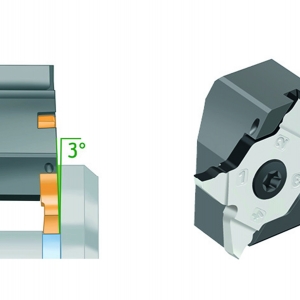
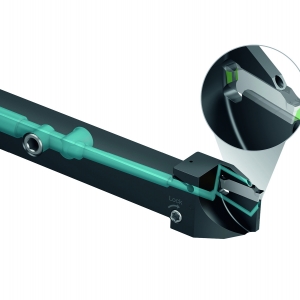
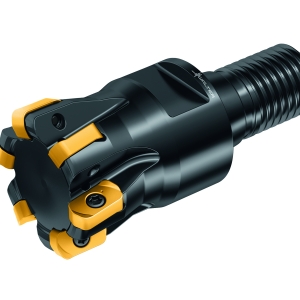
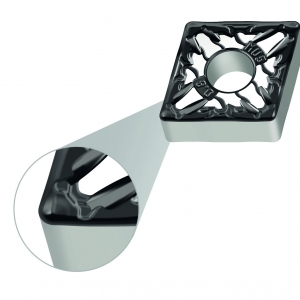
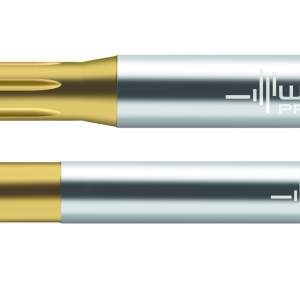
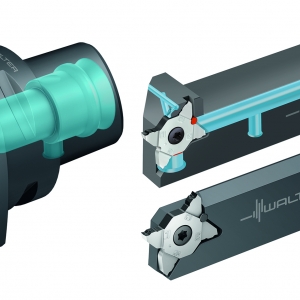
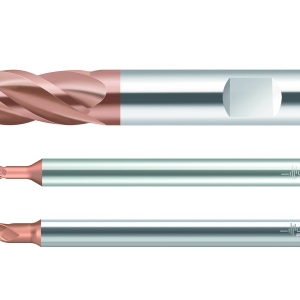
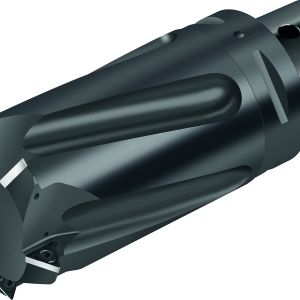
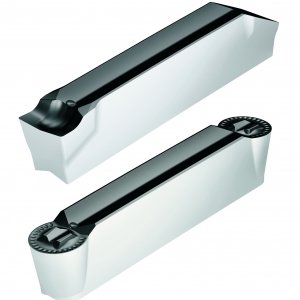
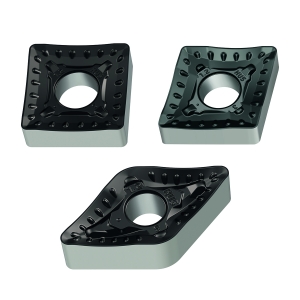
 PRODUCTS
PRODUCTS

